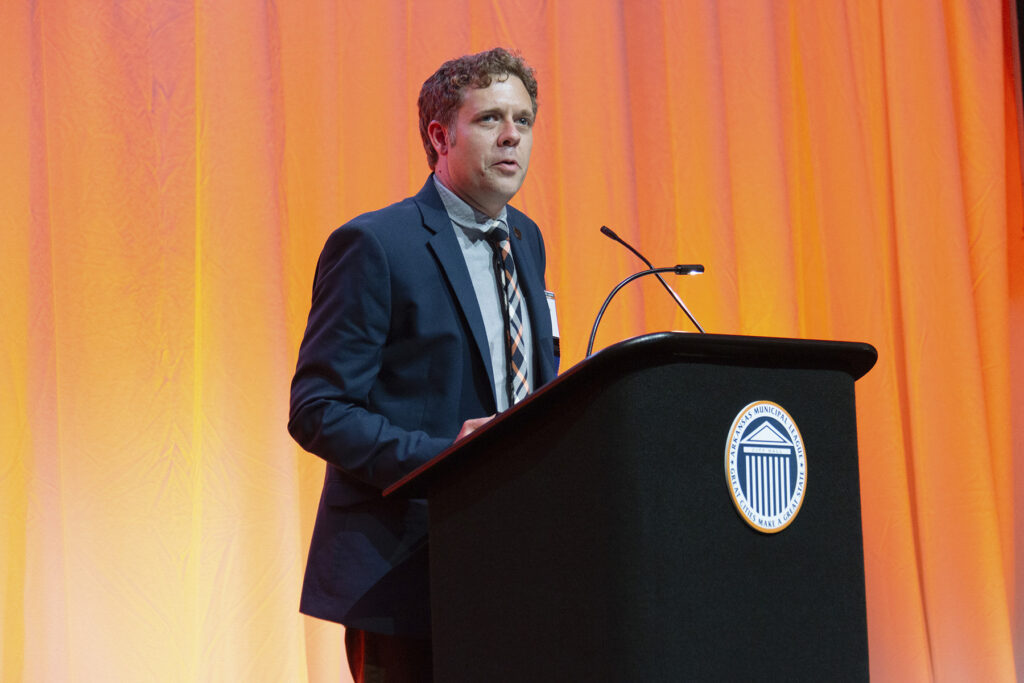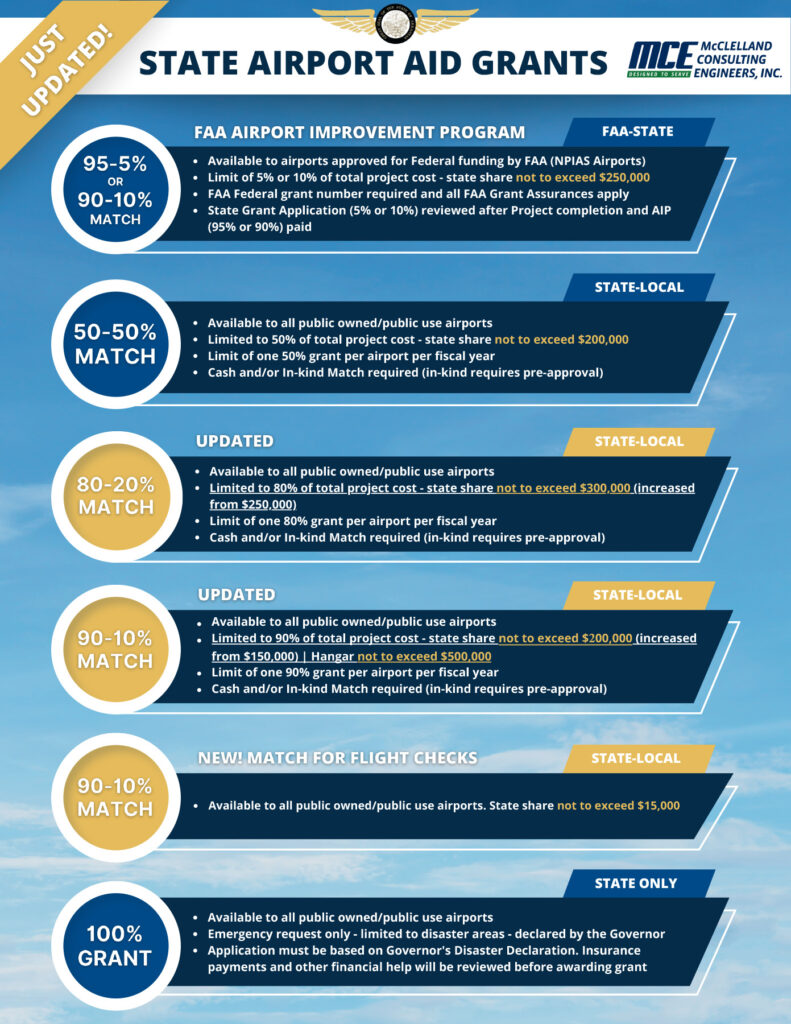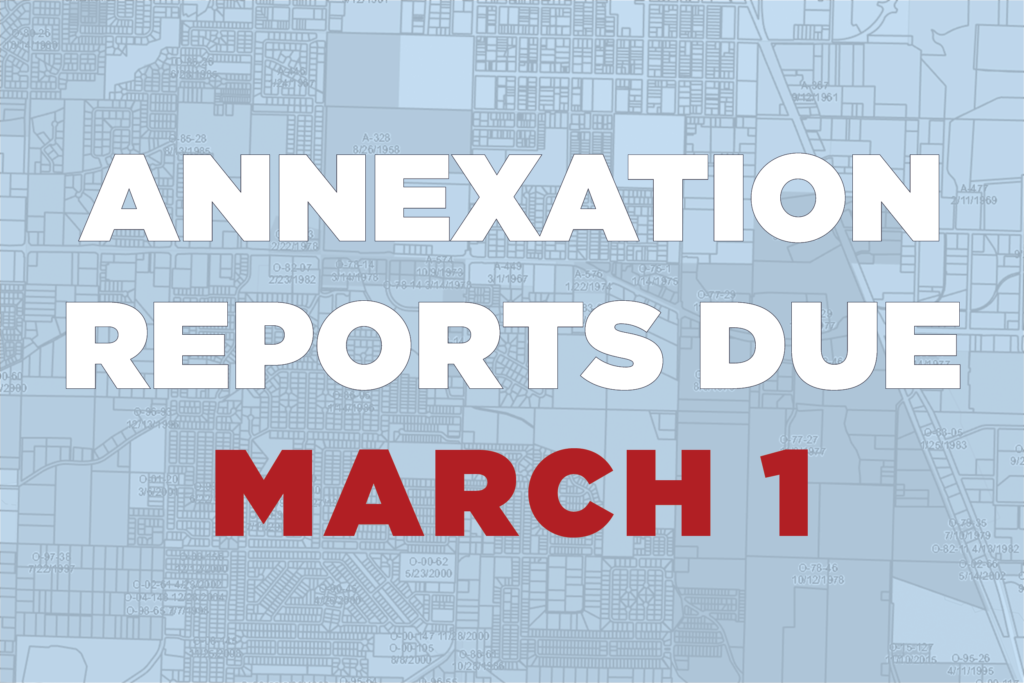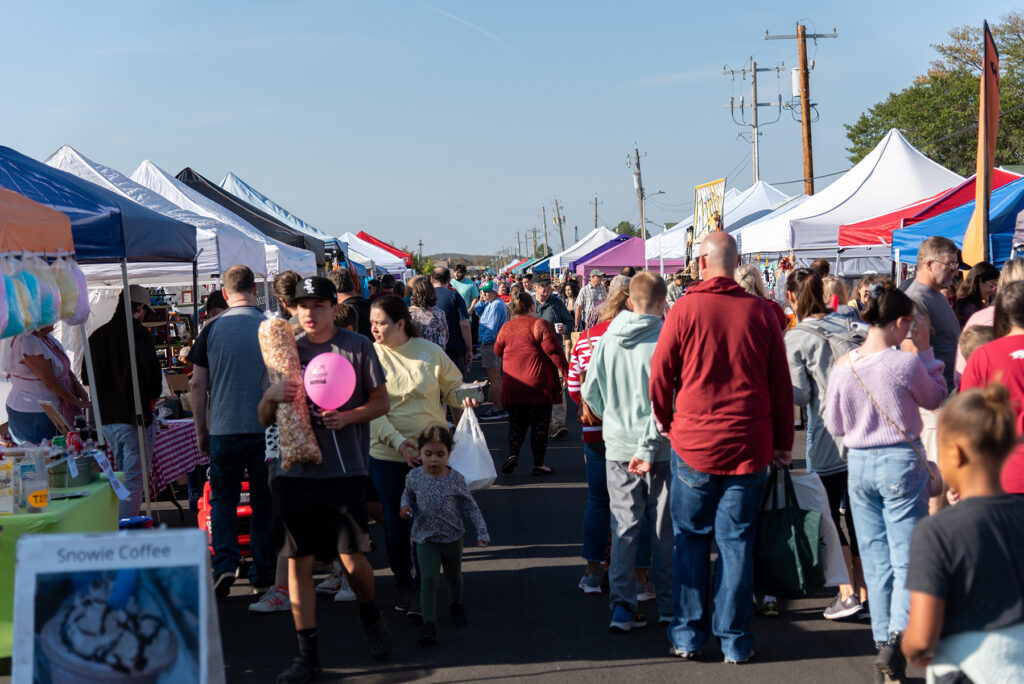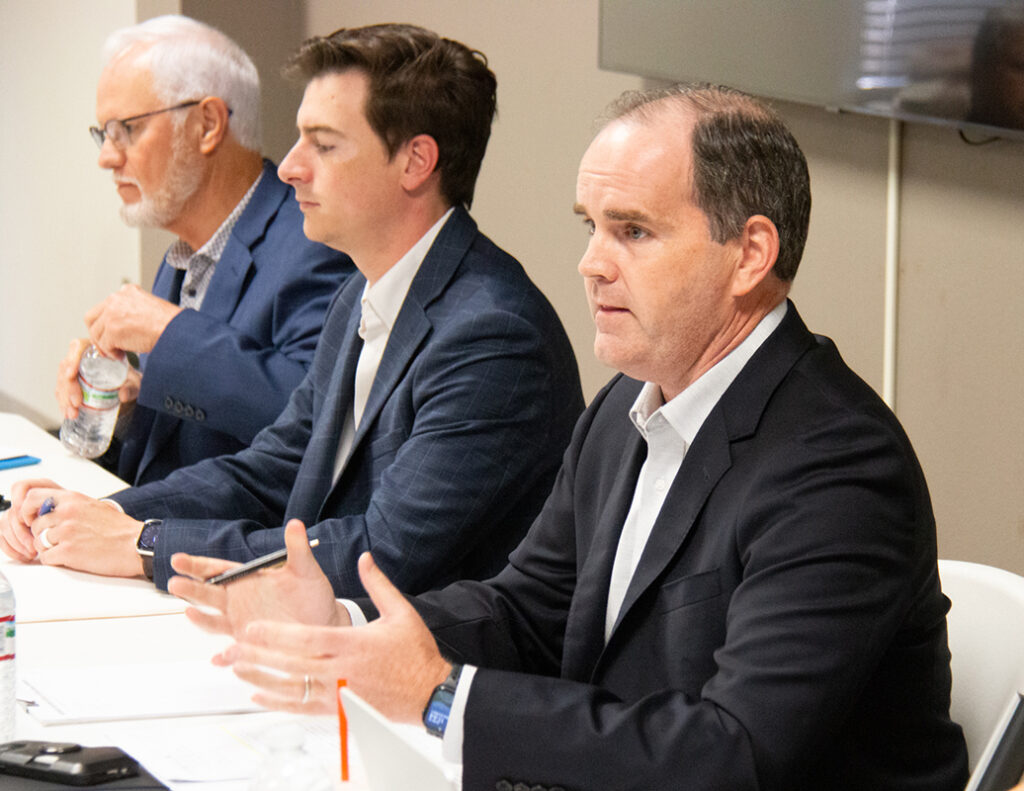Community foundations serve as catalysts for change in communities across Arkansas. These organizations, deeply rooted in the communities they serve, play a pivotal role in driving progress, fostering development and providing support for crucial services. Through strategic philanthropy, collaborative partnerships and innovative initiatives, community foundations propel communities into brighter, more inclusive futures.
At their core, community foundations are vehicles for collective action. They operate as charitable organizations that pool funds from diverse donors—individuals, families, corporations and institutions—and strategically invest those resources to address pressing local needs. Unlike traditional charitable organizations, community foundations are uniquely positioned to bridge the gap between donors and community stakeholders, ensuring that resources are allocated effectively and sustainably to maximize impact.
One of the key ways community foundations drive community advancement is through their understanding of local needs and priorities. By actively engaging with residents, nonprofits, government agencies and leaders, these foundations gain invaluable insights into their communities’ challenges. Armed with this knowledge, they can tailor their grantmaking and initiatives to target needs within areas such as education, healthcare, economic development, environmental conservation, arts and culture, and social services.
There are community foundations doing great work in all four corners of our state, and the Ashdown Community Foundation is no exception. Since 2012, Ashdown has hosted a communitywide auction to help finance local projects. As the auction grew, the need for a primary organizer to assist with planning and implementation emerged. The Ashdown Community Foundation was created in 2017 to perform that leadership role.
The purpose of the Ashdown Community Foundation is to fund projects in downtown and at the city park. In recent years, it has funded an all-inclusive playground, splash pad and batting cages at the city park, and added an obstacle course to the city park.
According to Vickie Williamson, the economic development director of the Little River Intermodal Authority and Ashdown Community Foundation board member, “The Foundation is passionate about projects that provide opportunities for our families and friends to enjoy time together by improving the infrastructure and facilities already in our community.”
To meet the Foundation’s goals this year, the community auction also included two raffle contests: one for a chance to win a five-minute shopping spree at The Rancher’s Wife, a locally owned boutique; and another for an opportunity to win a new pickup truck through a Nerf football throwing contest. All proceeds from the raffle contests were donated to the Ashdown Community Foundation to assist with downtown projects and other community improvements. In total, the Foundation raised over $126,000 through the raffles and community auction, an impressive increase compared to the $19,000 raised in 2012 at the first auction.
In addition to helping fund local projects, the Foundation also reinvests money back into the community. According to Tyler Davis, market president of Diamond Bank and Ashdown Community Foundation board member, “For every dollar that we spend on our downtown, we are getting about $3 worth of value.”
The key to success of community foundations is buy-in from the community. As we navigate an increasingly complex world, the role of community foundations has never been more critical. By harnessing their collective power of generosity, compassion and collaboration, community foundations are helping to build a brighter future for everyone.
Michael Hudson is the project coordinator for the University of Central Arkansas Center for Community and Economic Development (CCED). Learn more about CCED at www.uca.edu/cced.



